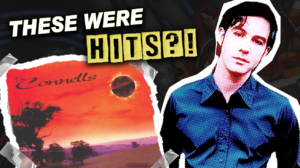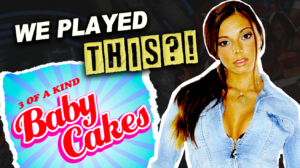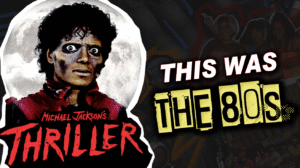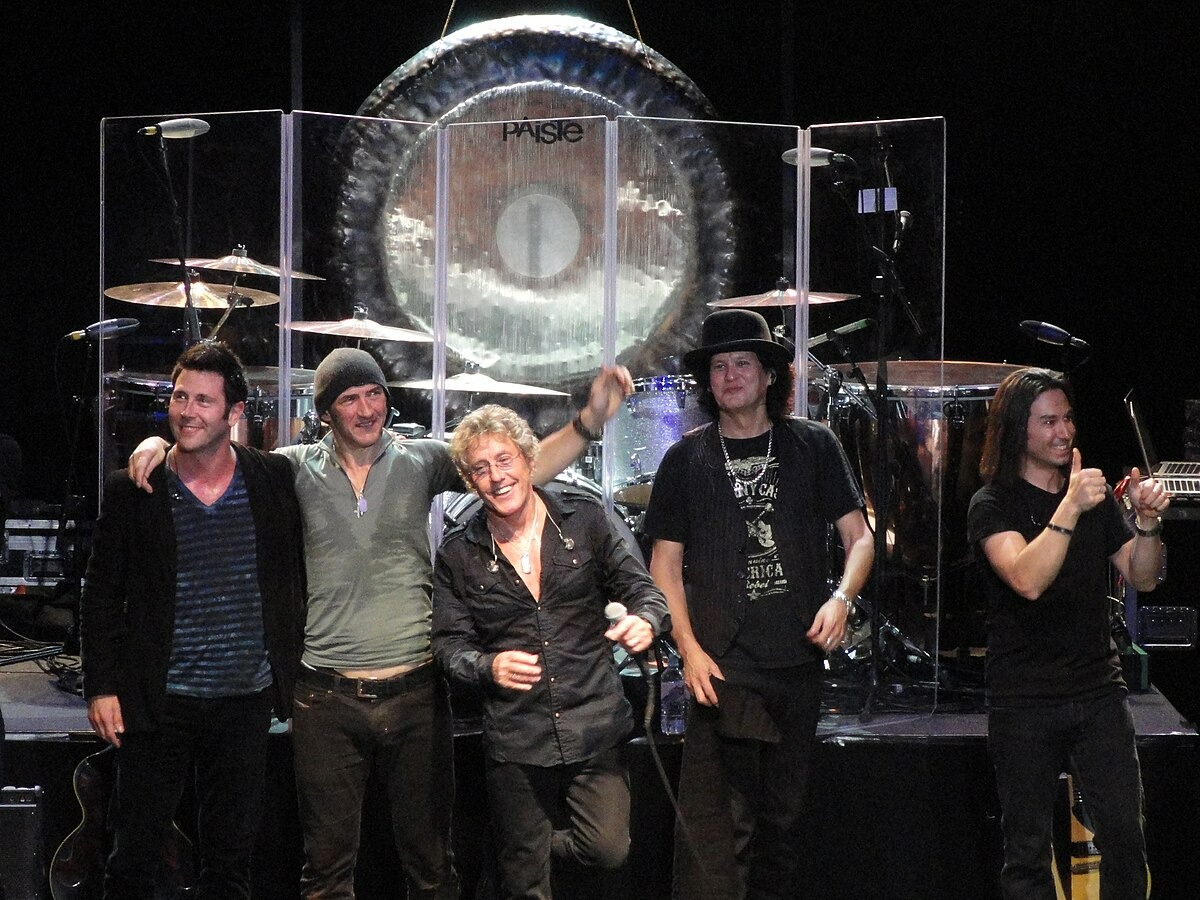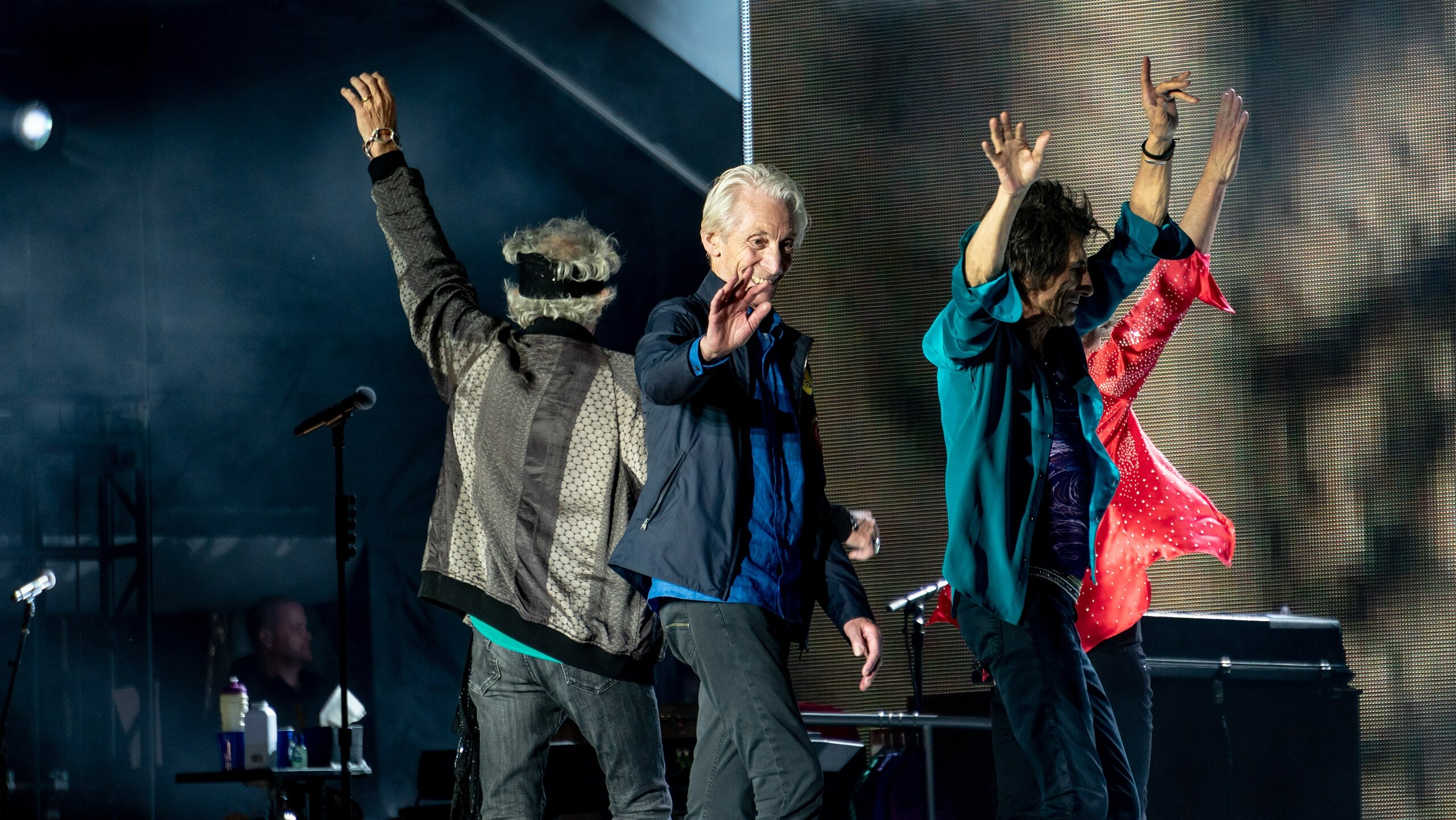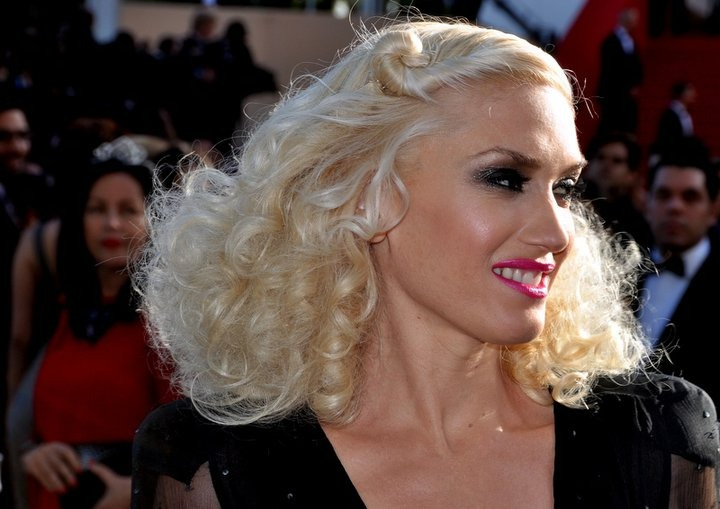
Cartoons changed forever during the Clinton years, but few know the real story. While executives hunted for toy deals, creators sparked a revolution that changed kids’ TV forever. These colorful shows became sophisticated cultural products that snuck complex ideas past network gatekeepers.
Those Saturday morning rituals held more power than anyone realized. These shows created new visual styles and storytelling approaches that later became industry standards. The forgotten pioneers changed how stories work, leaving a blueprint that contemporary studios still follow today.
18. Samurai Jack
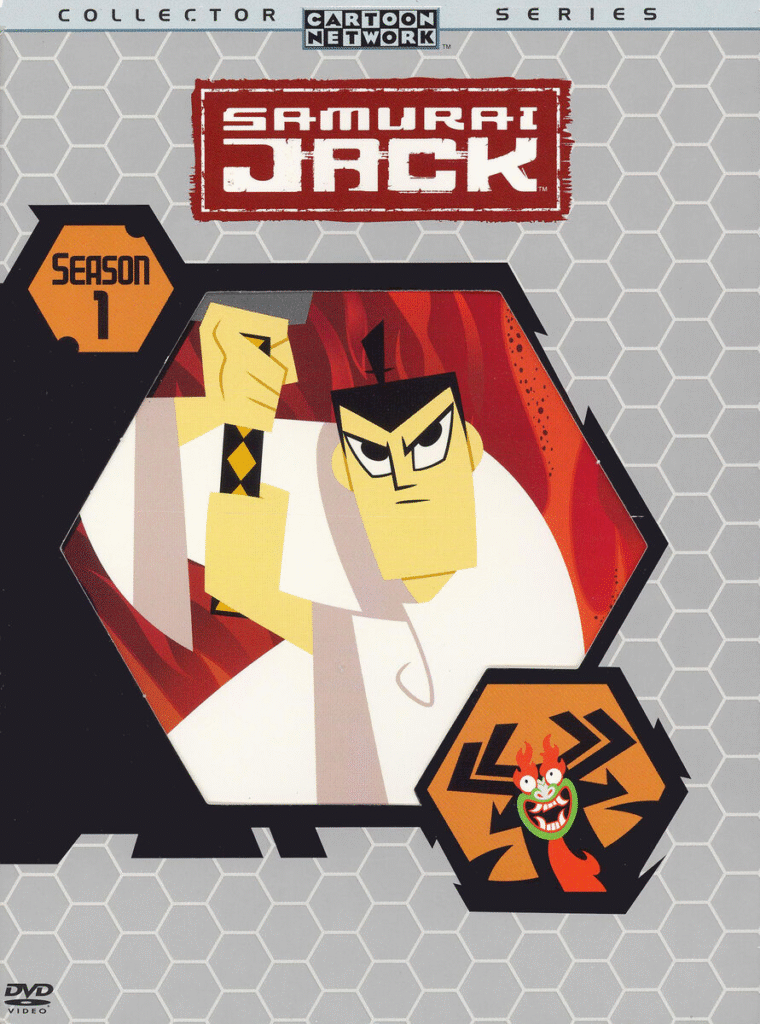
Genndy Tartakovsky pulled off animation’s boldest coup with Samurai Jack (2001-2004, 2017). He broke every TV animation rule while somehow getting executives to fund his vision. The show played like independent cinema than Saturday morning cartoons, using silent moments and visual techniques usually saved for art films.
The production notes tell an amazing story. TV bosses kept asking for more dialogue and faster action, but Tartakovsky methodically rejected their notes. Jack’s battle against the demon Aku mirrored the creator’s own fight against corporate TV formulas.
17. Street Sharks

Street Sharks (1994-1997) stands as the most openly commercial show here, but its backstory reveals surprising truths about 90s TV economics. The series worked as a 40-episode commercial that sold toys and tested different designs with kids. Company files show writers changed episodes based on how children reacted to toy prototypes.
The interesting part lies in how kids responded. Children watching these shark-human hybrids fight became active participants in a cultural trend they knew was trying to sell them stuff. When interviewed years later, most former viewers admitted they knew exactly what Street Sharks was doing, but enjoyed it anyway.
16. The Critic
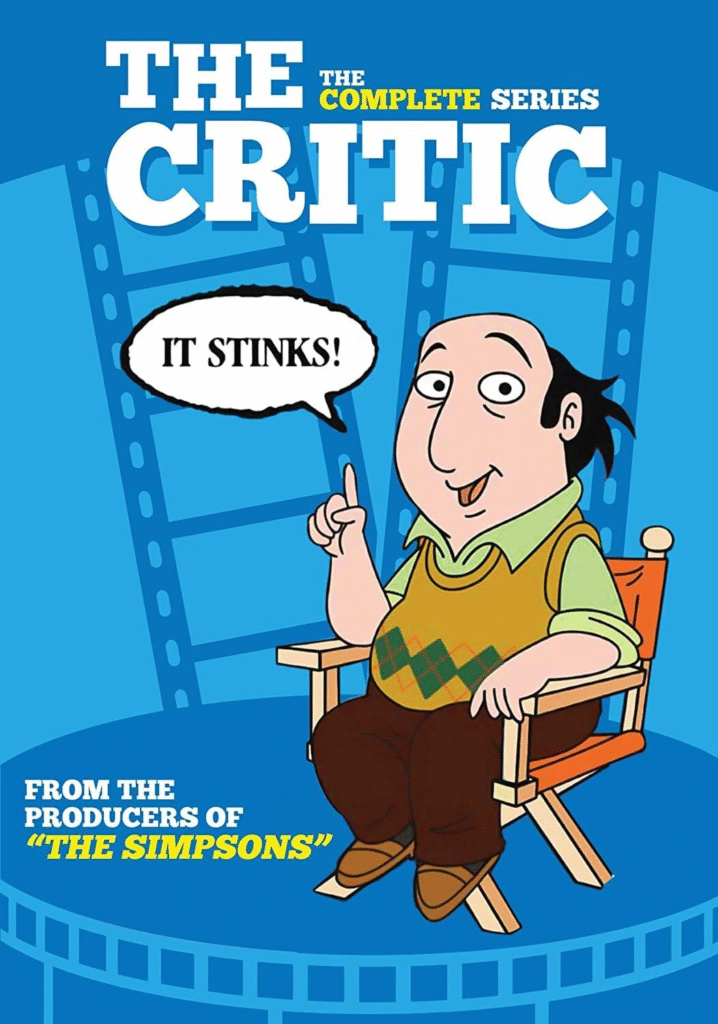
TV bosses canceled The Critic after just two seasons (1994-1995), but understanding modern animation requires studying this show. The ratings tell a story executives missed—total viewers seemed modest, yet the audience makeup showed unprecedented audience composition. The show attracted educated viewers with money to spend at rates streaming services would kill for today.
The show worked like an evolutionary dead-end that passed its genes to future shows. Jay Sherman’s adventures through Hollywood pioneered storytelling approaches that BoJack Horseman would later use to win acclaim. Industry records show the cancellation came from executives completely misunderstanding the growing adult animation market.
15. Ed, Edd n Eddy

Ed, Edd n Eddy (1999-2009) arrived just as animation embraced digital techniques, but creator Danny Antonucci made the bold choice to reject technology entirely. The show worked like a time machine, using hand-drawn animation with intentionally choppy movements, visible line wobbles, and distortion techniques the industry had abandoned.
The production files reveal surprising strategies. Network bosses pushed for “cleaner” animation, but viewer data showed children responded more positively to the crude look than to “better” animation. The three boys with the same name hunting for jawbreaker candy worked as anarchic forces tearing apart suburban norms.
14. The Weekenders

The Weekenders (2000-2004) shows how animation quietly changed its audience without anyone noticing. Disney’s private documents reveal something the company never admitted—the show consistently drew viewers 2-3 years older than intended, bridging the gap between kids’ shows and teen programming.
The changing art styles worked as careful experiments in visual psychology. Production notes show artists systematically varied animation approaches based on emotional content, creating a visual language that prepared kids for more complex storytelling. The running gag about different pizza places served a real purpose—it created a pattern that let writers introduce more complex stories.
13. Darkwing Duck
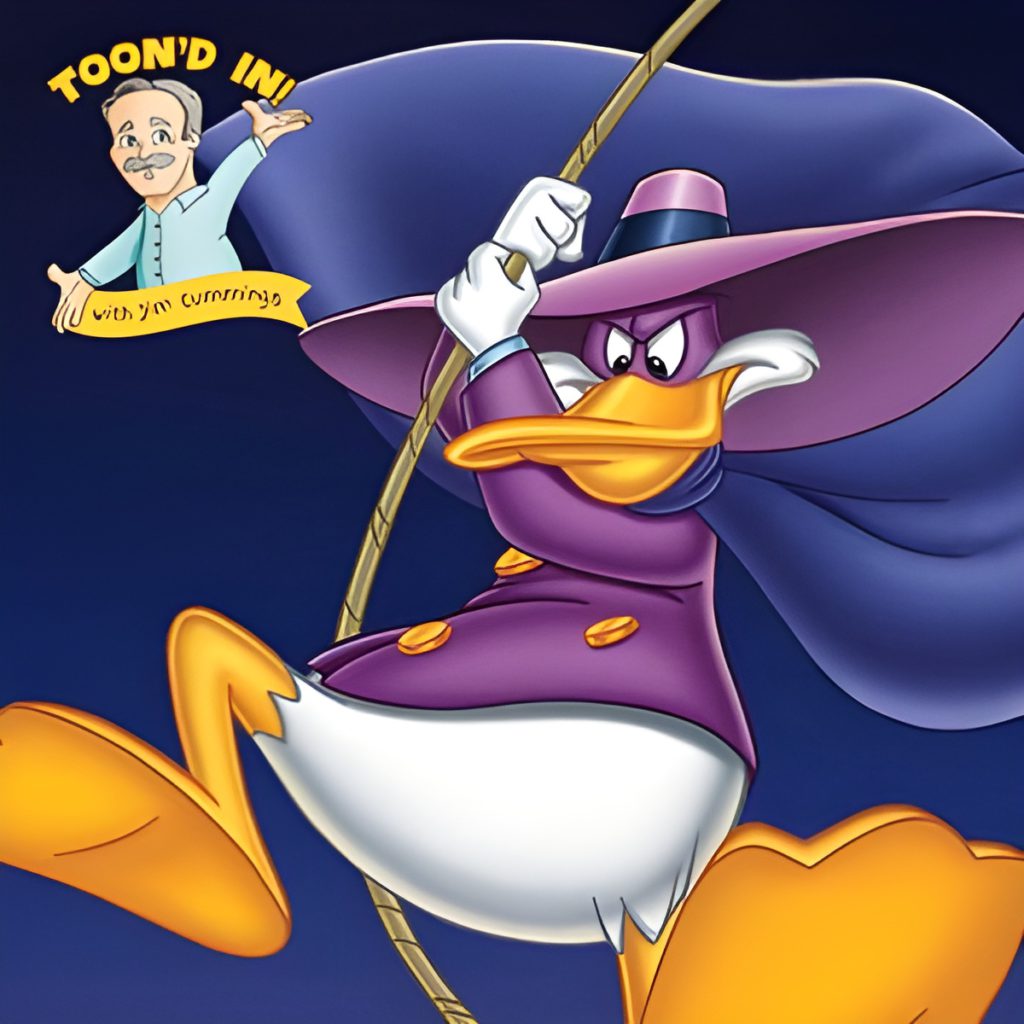
Disney first planned Darkwing Duck (1991-1992) as a simple DuckTales spinoff, but the result resembled a lab experiment gone wonderfully wrong. The 91-episode experiment combined Batman’s noir style with purple-caped ducks, creating an unlikely formula that somehow worked perfectly.
Behind the cape and catchphrases lay something subversive. Drake Mallard embodied ego-driven heroism that today’s superhero films still try to deconstruct. The writers used sophisticated meta-commentary decades before it became common, creating a blueprint for shows that could entertain kids while engaging adults through layered storytelling.
12. Cow and Chicken
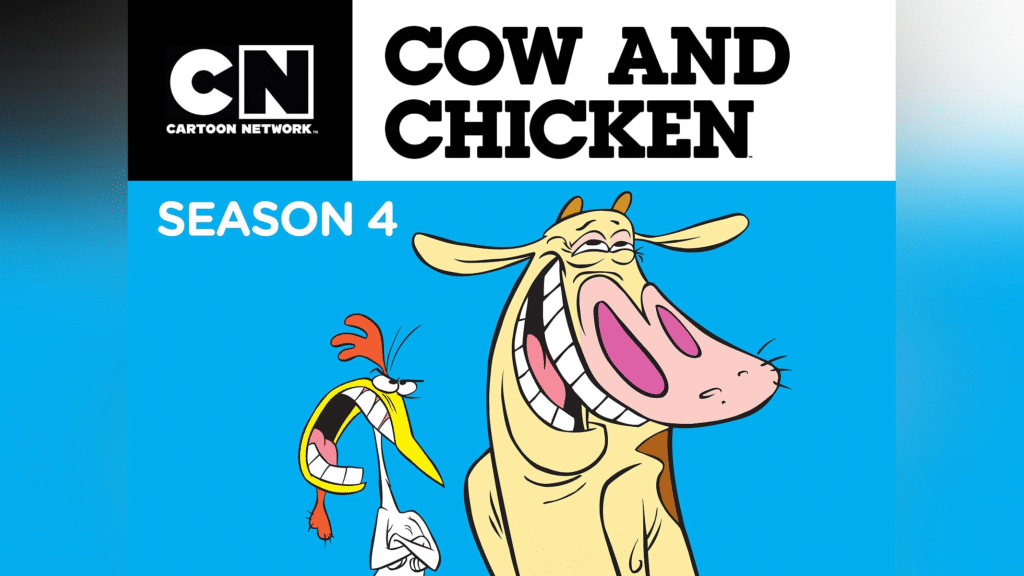
Cow and Chicken (1997-1999) pushed broadcast standards harder than perhaps any children’s show ever tried. The series worked like a test to see exactly what content could slip past TV censors when wrapped in sufficiently bizarre animation. Creator David Feiss essentially gambled his career on the theory that censors wouldn’t spot subversion if it looked cartoonish enough.
Network files show the ongoing battle between creative and standards teams. Episodes regularly triggered content warnings, yet the abstract nature of the problems made regulation nearly impossible. How do you create rules for a show about a literal cow and chicken with human parents whose bodies only appear from the waist down? The banned “Buffalo Gals” episode shows where the line finally existed.
11. Bobby’s World

Bobby’s World worked like a Trojan horse rolled into American homes—looking like simple entertainment while delivering sophisticated emotional education. Network data from its seven-season run shows what executives rarely admit: kids respond well to content that respects their ability to handle complex feelings.
The show used Bobby’s imagination as a safe space where children could process difficult ideas like death and financial insecurity. This approach differs greatly from today’s children’s shows, which often sanitizes emotional complexity. Interviews with former viewers who now have kids reveal a pattern—many struggle to find shows with the same emotional depth for their own children.
10. Aaahh!!! Real Monsters
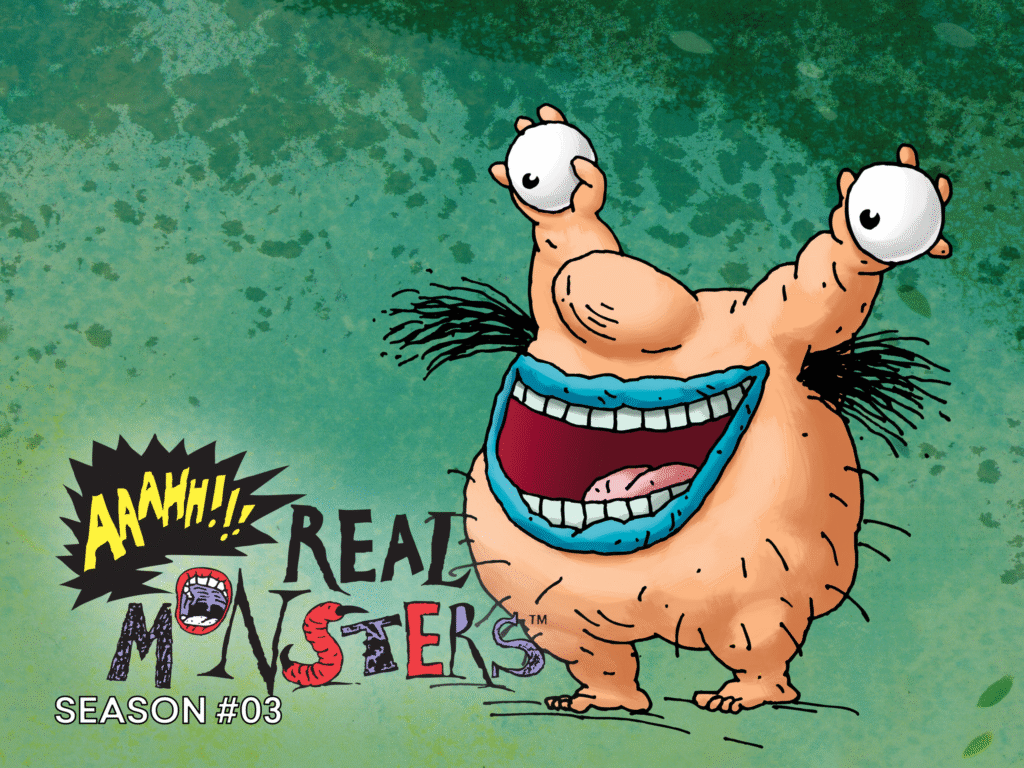
Klasky-Csupo operated like an Eastern European art collective somehow given prime American TV space. Their show Aaahh!!! Real Monsters (1994-1997) featured designs that contradicted every rule about what children supposedly liked. Studio notes show executives repeatedly questioned the angular, unsettling character designs—yet testing showed kids actually loved these weird looks.
The monster school under a city dump represented a whole philosophy about childhood psychology. While other shows packaged childhood emotions into neat marketable boxes, Aaahh!!! Real Monsters embraced the fundamental weirdness of growing up. Market research shows the series performed especially well with children going through major life changes.
9. ReBoot
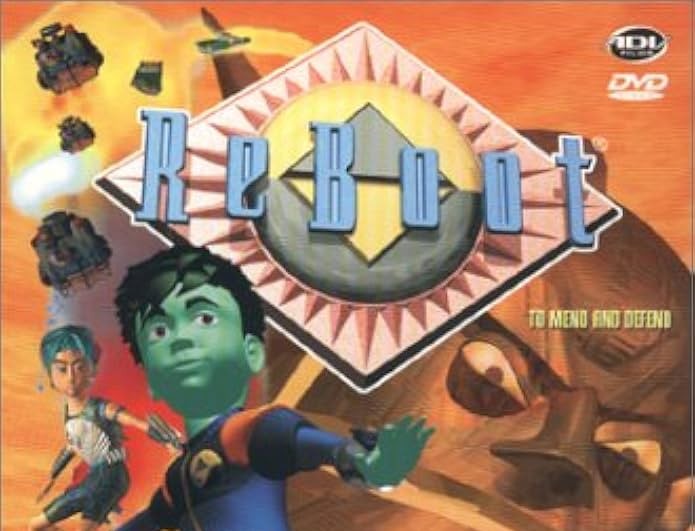
While Silicon Valley struggled to make websites load faster, a small Canadian team accomplished what tech giants thought impossible. ReBoot (1994-2001) brought CGI to TV by reverse-engineering an entire production pipeline from scratch, creating the visual style that Pixar would later turn into billion-dollar formulas.
The groundbreaking part included how the stories adapted to technical limits. When computers couldn’t handle complex character models, writers created plots about identity and transformation that turned technical constraints into thematic strengths. This practical approach explains why animation leaders still study ReBoot during production crises, searching for that same resourceful magic. The innovation and creativity that defined ’90s animated series also left its mark on cinema, leading to some of the top animated movie soundtracks that are still celebrated by fans today.
8. Shadow Raiders

While major Hollywood studios struggled to render realistic hair, a small Canadian team quietly revolutionized TV animation with Shadow Raiders (1998-1999). The series worked under severe technical and budget constraints that forced creative solutions Hollywood wouldn’t discover for years. Using computing power weaker than today’s smartphones, these pioneers built an entire solar system.
The technical limits evolved into storytelling strengths. Unable to create complex organic forms, designers developed distinct planetary civilizations based on elemental properties, turning technical problems into worldbuilding opportunities. Production records show clever shortcuts—rendering scenes as basic wireframes to test pacing when full renders would take too long, essentially inventing the previsualization techniques now standard in all CGI.
7. Braceface

When Alicia Silverstone joined Braceface (2001-2004) fresh off Clueless, industry watchers assumed standard celebrity branding. Few noticed the calculated trojan horse operation happening in plain sight. The show used Sharon Spitz’s braces mishaps like setup lines for punchlines—creating accessible entry points to explore psychological territory typically off-limits in kids’ shows.
The production history shows how strategic this approach was. Writers’ room documents reveal careful planning for introducing mental health concepts through seemingly innocent stories about teen social anxiety. The “magical braces” premise worked like a lubricant, helping difficult emotional concepts slide past both network censors and worried parents.
6. The Tick
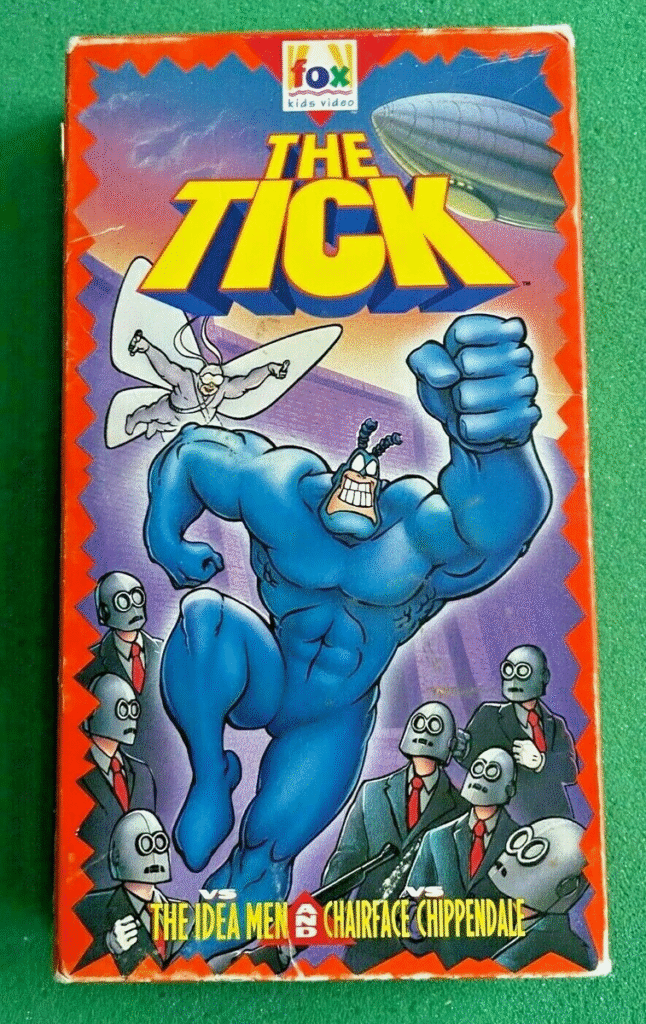
Before Deadpool broke fourth walls or The Boys exposed corrupt superheroes, The Tick (1994-1996) already dismantled the superhero formula with surgical precision. TV executives approved what they thought was standard superhero fare, missing how the blue hero systematically deconstructed every trope now supporting the multi-billion-dollar Marvel machine.
The proof of its ahead-of-its-time quality appears when new viewers often mistake it for a modern show. When the Tick battled villains like Chairface Chippendale, he exposed the fundamental absurdity of power fantasies dominating today’s entertainment. Distribution data shows viewership growing steadily for decades, suggesting The Tick waited for culture to catch up.
5. Biker Mice from Mars

Biker Mice from Mars (1993-1996) looks like standard action fare until you examine the storyline architecture. The leather-wearing rodents fighting Plutarkians across 65 episodes tackled a sophisticated environmental allegory about resource exploitation that somehow cleared network standards. The show worked like Animal Farm with motorcycles, using aliens to represent corporate greed.
The production history reveals deliberate planning. Creative team notes show writers carefully balancing environmental themes with “cool factor” to ensure message never overpowered entertainment. The Plutarkian villains served as perfect metaphors for extractive capitalism—literally stealing planetary resources before moving to the next world—yet the environmental message stayed subtle enough to avoid triggering network concerns about “political content.”
4. Samurai Pizza Cats

Samurai Pizza Cats (1990-1991) started as a routine anime licensing deal until something unprecedented happened—American producers received Japanese animation with no script translation. What followed might be the greatest improvisation in television history. Unable to understand the original dialogue, American writers created an entirely new show that happened to match the existing animation.
The amazing part lies in how it outperformed traditional approaches. Ratings show Samurai Pizza Cats actually performed better in American markets than the original did in Japan, despite the complete story reinvention. This accidental experiment became a case study in adaptation theory, showing how cultural translation sometimes works best by abandoning fidelity to source material.
3. Gargoyles
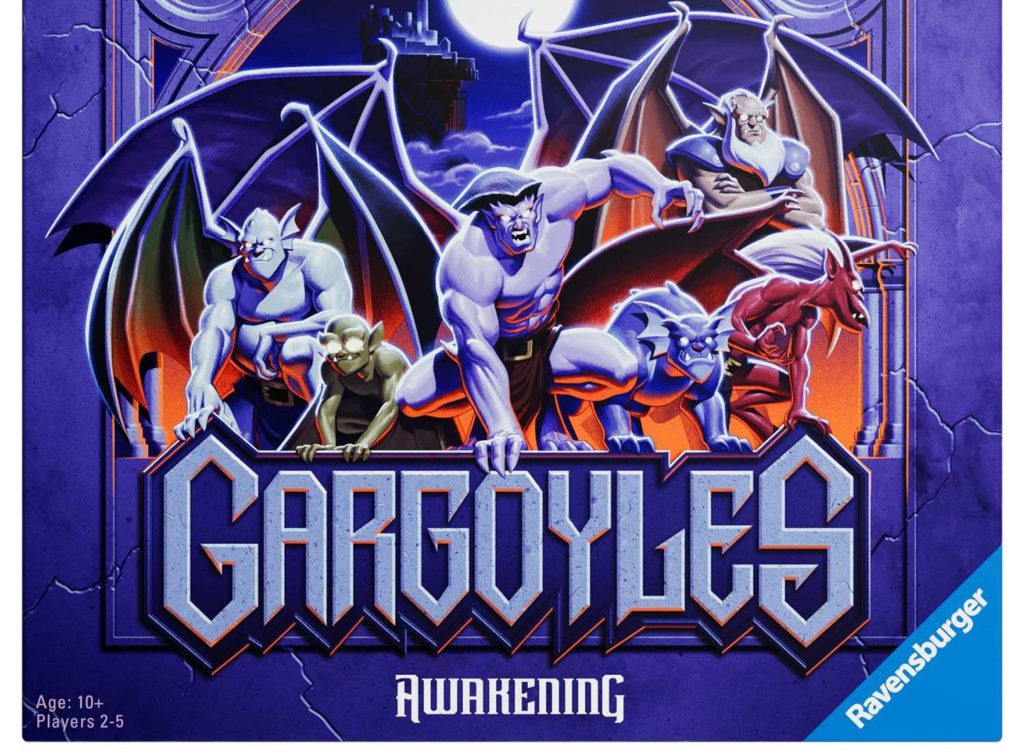
Gargoyles (1994-1997) represents animation’s greatest paradox—a Disney property that broke every Disney rule yet somehow survived for 78 episodes before executives fully realized what they had greenlit. The series worked like a sophisticated literary adaptation that happened to star winged stone creatures, using Shakespearean themes and moral complexity when conventional wisdom said kids needed simple stories.
The studio archives reveal fascinating internal battles. Disney’s merchandising team repeatedly demanded simpler characters while the creative team submitted increasingly complex story arcs. This tension created something unprecedented—a mainstream cartoon that respected audience intelligence regardless of age. Viewership patterns exposed flaws in how networks measured success, as Gargoyles built viewer loyalty that standard ratings couldn’t track.
2. Freakazoid!

Steven Spielberg’s company launched Freakazoid! (1995-1997) right when Americans received their first AOL discs. This timing worked perfectly—the blue superhero gained powers by absorbing internet data, making him perhaps the first mass media attempt to explore what digital connectivity might mean for human consciousness.
The show performed like an algorithm designed to confuse traditional ratings systems. Viewership patterns showed strange anomalies—household samples revealed irregular viewing but intense loyalty, particularly among demographics with early internet access. The 24 episodes form a bizarre time capsule that somehow predicted meme culture, parasocial relationships, and attention economics before these concepts existed.
1. Pepper Ann
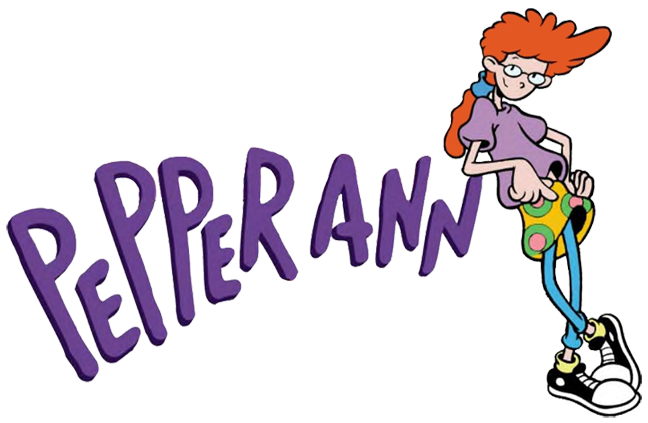
Disney’s internal numbers must have baffled executives when Pepper Ann (1997-2000) exceeded expectations across multiple audiences. The show looked similar to other cartoon offerings, but creator Sue Rose carried out a stealth operation within one of entertainment’s most conservative companies. The series worked like a Middle America test group for progressive ideas that executive committees would have rejected if presented directly.
The data tells a story Disney still hasn’t acknowledged. Pepper Ann consistently attracted viewers across gender lines despite starring a female lead during an era when common wisdom said boys wouldn’t watch “girl shows.” The 65 episodes systematically dismantled gender stereotypes without announcing what they were doing, showing how authentic characters naturally override marketing assumptions about what different audiences want. If you’re feeling nostalgic for more pop culture favorites from the era, explore the best one-hit wonders from the ’90s that made the decade so unforgettable.




